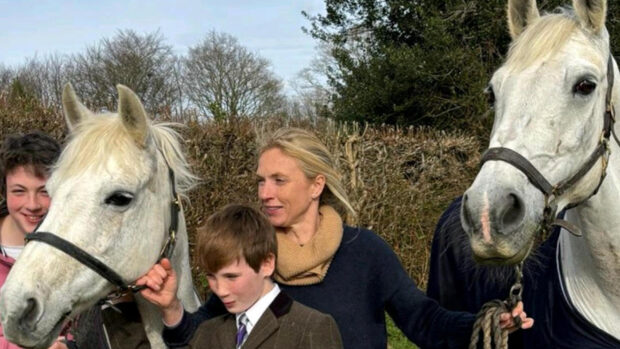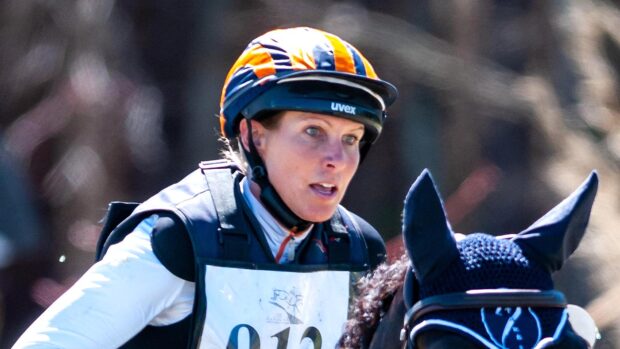Horse & Hound recently hosted a debate about eventing safety with some luminaries from the eventing world. The discussion below forms a small part of the five-page round table feature published in Horse & Hound today (25 September, ’08).
The individuals who took part were:
- Philip Pritchard (PP) – amateur jockey, trainer and racecourse doctor
- Mark Phillips (MP) – Horse & Hound columnist, course-designer and Olympic gold medallist
- Matt Ryan (MR) – Australian multiple Olympic gold medallist
- Martin Herbert (MH) – fence safety researcher who is running the Goodyear safety research project
- Mike Etherington-Smith (MES) – British Eventing sport director and designer of the 2008 Olympic cross-country course
- Lucinda Green (LG) – former world champion and six-times winner of Badminton
- Lucy Higginson (LH) – The Editor, Horse & Hound
- Daisy Dick (DD) – Olympic bronze medallist
The Incident Log
Mark Phillips Here in Britain we have the “Incident Log”. If someone is seen riding in a fashion that’s not necessarily dangerous, but somewhere in the middle where they wouldn’t necessarily get pulled up [under the dangerous riding flag rule], they are put in the Incident Log. Then they are watched at their next event by a steward or whoever.
Daisy Dick What level is that at?
MP At all levels, and if there are concerns about their riding they are then spoken to — it’s something that doesn’t happen anywhere else in the world. Every rider I’ve had to speak to who has not been riding well has been totally shocked. They had no idea that what they were doing was not wonderful, because they are clear inside the time. It’s one thing being pulled aside for riding dangerously, but the people in the grey area don’t get caught enough.
DD I must say, I didn’t even know about the Incident Log.
Mike Etherington-Smith Well, you wouldn’t necessarily — it’s a bit of a behind-the-scenes type of thing.
DD How far does the talking go?
Mike Etherington-Smith You’re watched, someone may have a quiet word and, if it is felt appropriate, it is possible that you’re not allowed to compete until you’ve been to a trainer and been signed back on. It allows us to track those who have had a quiet talking to — because every talking to is recorded in the Log — and then if there are names that come up a few times, we follow up with positive action.
Philip Pritchard In racing, we now have stewards who will come and have a quiet word with you if there are any problems. Jockeys respond far better to this quiet word, provided it’s coming from the right people.
Matt Ryan The other thing talked about among the top riders is opening your eyes to the horses as well. There are some horses that actually jump really badly. Quite often, when we get to a particular level, we will stop riding a horse if we don’t think it is actually safe enough to go cross-country. Owners get offended by that and send it to some young person who will take it on up the grades, and so maybe there’s a certain amount of horse watching that needs to be done as well.
Mike Etherington-Smith We are doing that as well so that, if necessary, we can have a word with the rider or owner if it is felt that the horse needs a bit more education or is unsafe. But it’s very difficult to put a procedure in place because a lot of it is subjective. There’s a horse we got a “heads up” on about a month ago. Somebody got off it and said, “I’m not going to ride it.” So it went to somebody else, who said they would ride it. And we actually picked up the person who was going to ride it, to give them a heads up. But is that sufficient? We know that arguably this is a horse that is difficult and potentially dangerous.
Matt Ryan I think that’s good.
Mike Etherington-Smith But is it enough? That’s the question.
Philip Pritchard It’s not the riders who need to be carpeted. It’s the owners and the people who are putting the pressure on.
Read the eventing safety round table in full in today’s issue of Horse & Hound (25 September, ’08)



